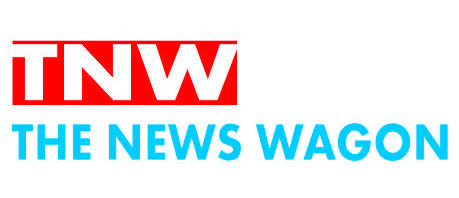New Delhi: A recent decision by the US and China to suspend their tariff hikes for 90 days presents both challenges and opportunities for India, according to exporters. The two countries have reached an agreement to significantly reduce most of their recent tariffs or import duties for 90 days, as they are in talks to resolve their trade disputes.
US Trade Representative Jamieson Greer has said the US agreed to reduce its 145 per cent tariff on Chinese goods by 115 percentage points to 30 per cent, while China agreed to cut the rates to 10 per cent. Federation of Indian Export Organisations (FIEO) President SC Ralhan said the announcement reflects a significant thaw in trade tensions between the two largest economies.
“While such developments are broadly positive for global trade stability, they present both challenges and opportunities for India,” he said, adding that the reduction in tariffs will likely result in a surge of US-China bilateral trade in high-value segments like electronics, machinery, and chemicals. This may intensify competition for Indian exporters in markets like Southeast Asia, Africa, and Latin America, where India has recently made inroads, capitalising on US-China trade disruptions, he noted.
However, Ralhan said, India can leverage this shift to strengthen exports in sectors that remain relatively insulated from US-China trade, such as pharmaceutical APIs, gems and jewellery, engineering goods, organic chemicals and IT-enabled services. “India must proactively engage with the US to secure and expand its preferential trade access, emphasising its role as a reliable alternate sourcing destination,” he added.
The temporary nature of the tariff cuts may lead companies to hedge against future volatility by expanding manufacturing in India under the Make in India and PLI schemes, especially in electronics, auto components, and textiles, Ralhan noted. Another exporter said the Indian government should keep a close watch on imports from China into India.
Commenting on the issue, think tank GTRI said that even though US tariffs on Indian goods remain at 10 per cent, well below the 30 per cent still imposed on Chinese imports, the massive tariff gap that once favoured India is shrinking fast. “Just months ago, the US imposed duties of up to 145 per cent on Chinese goods, giving India a major edge in attracting companies looking to relocate. Now, that edge has narrowed dramatically, with the US and China easing tensions and bringing tariffs closer to parity,” GTRI Founder Ajay Srivastava said.
He added that this shift risks undermining the “China Plus One” strategy that saw firms move manufacturing to India, Vietnam, and Mexico. “A smart trade deal with the US could help preserve India’s 10 per cent tariff access and prevent any hike to the proposed 26 per cent under US President Donald Trump’s new country-specific duties. But beyond trade policy, India must urgently cut production costs, overhaul logistics, and improve regulatory predictability. And as it negotiates future FTAs, India must resist pressure to open up sensitive sectors like automobiles and pharmaceuticals without meaningful reciprocal gains,” he added.
The US and China are the largest trading partners of India. While China was India’s top trading partner from 2013-14 to 2017-18, and also in 2020-21. After that, Washington replaced Beijing. The US accounts for about 18 per cent of India’s total goods exports and 6.22 per cent in imports, and 10.73 per cent in bilateral trade. On the other hand, China’s share is just about 4 per cent in exports and a staggering 15 per cent in imports.
In the last fiscal, India’s exports to the US rose by 11.6 per cent to USD 86.51 billion against USD 77.52 billion in 2023-24. The imports were up by 7.44 per cent in 2024-25 to USD 45.33 billion compared to USD 42.2 billion in 2023-24. The trade surplus with America touched USD 41.18 billion in the last fiscal from USD 35.32 billion in 2023-24.
In the last fiscal, India’s exports to China contracted 14.5 per cent year-on-year to USD 14.25 billion. Imports, however, rose by 11.52 per cent in 2024-25 to USD 113.45 billion from USD 101.73 billion in 2023-24. The trade deficit has widened to USD 99.2 billion in 2024-25.
The US and China are the largest trading partners of India. While China was India’s top trading partner from FY14 to FY18, and also in FY21, the US has taken its position since then. Biz News Business News – Personal Finance News, Share Market News, BSE/NSE News, Stock Exchange News Today




